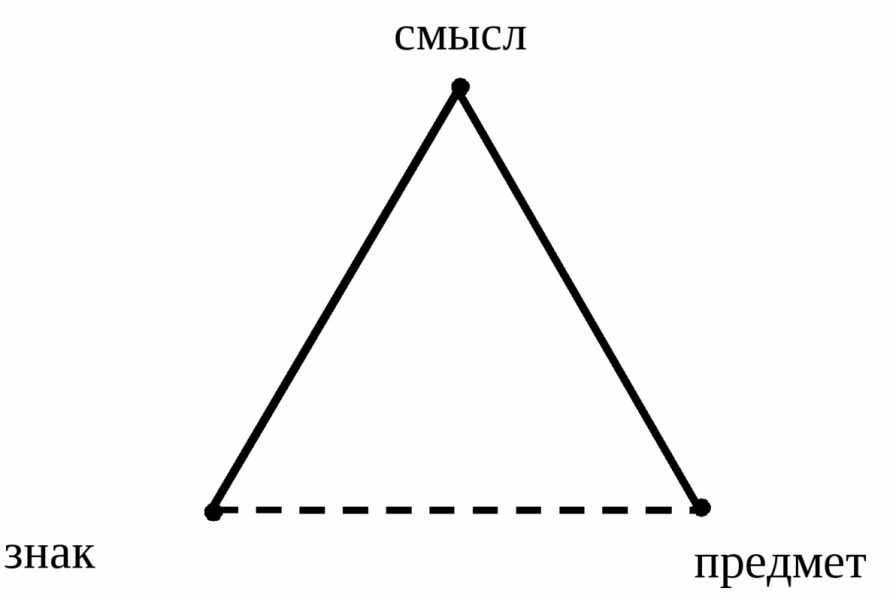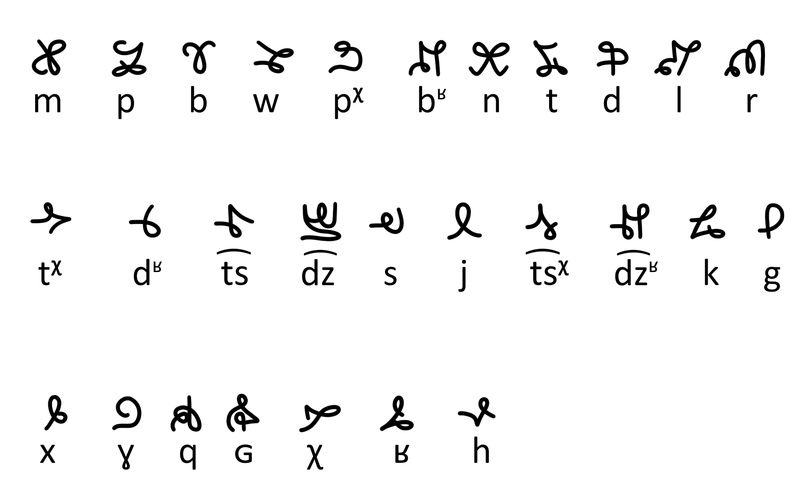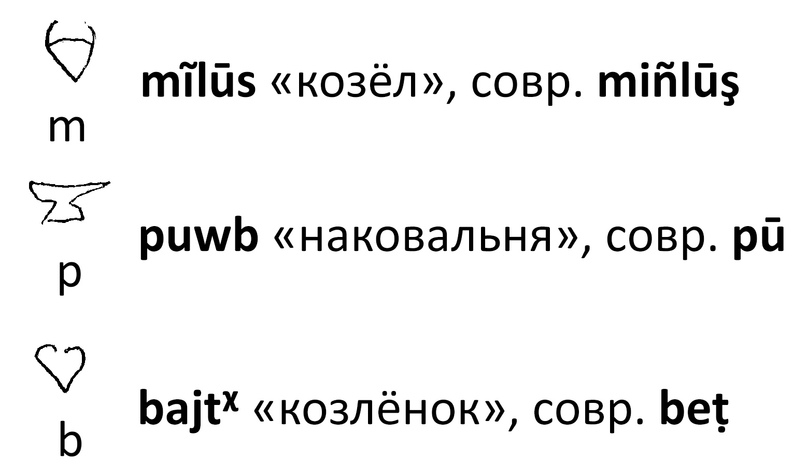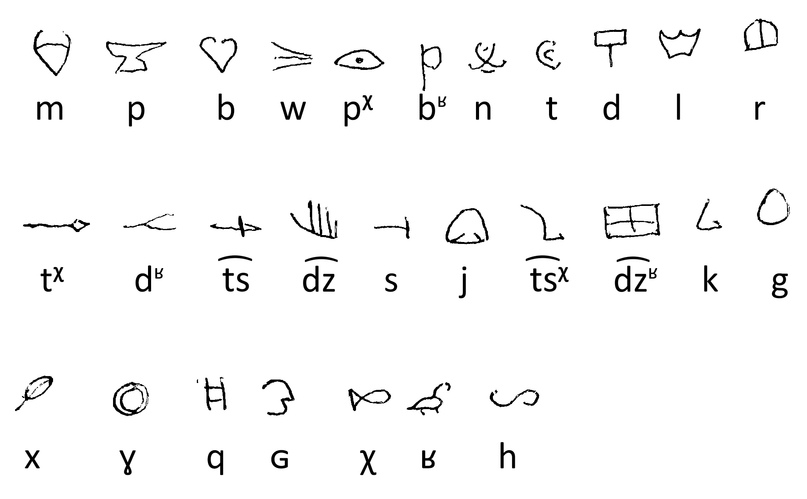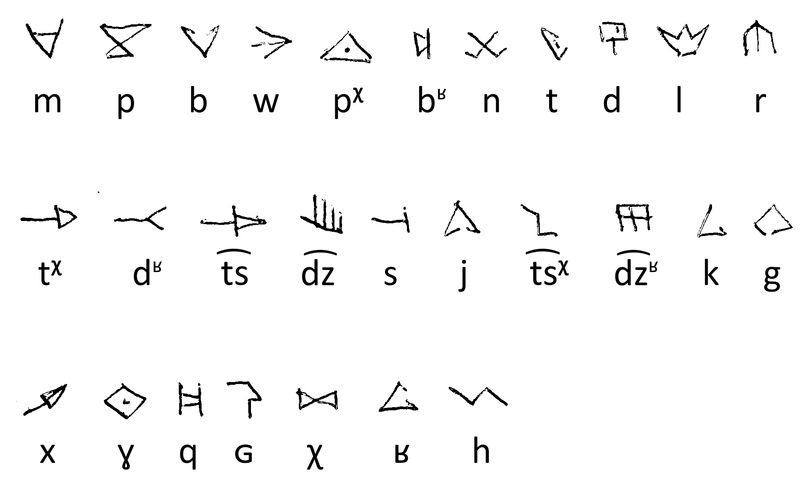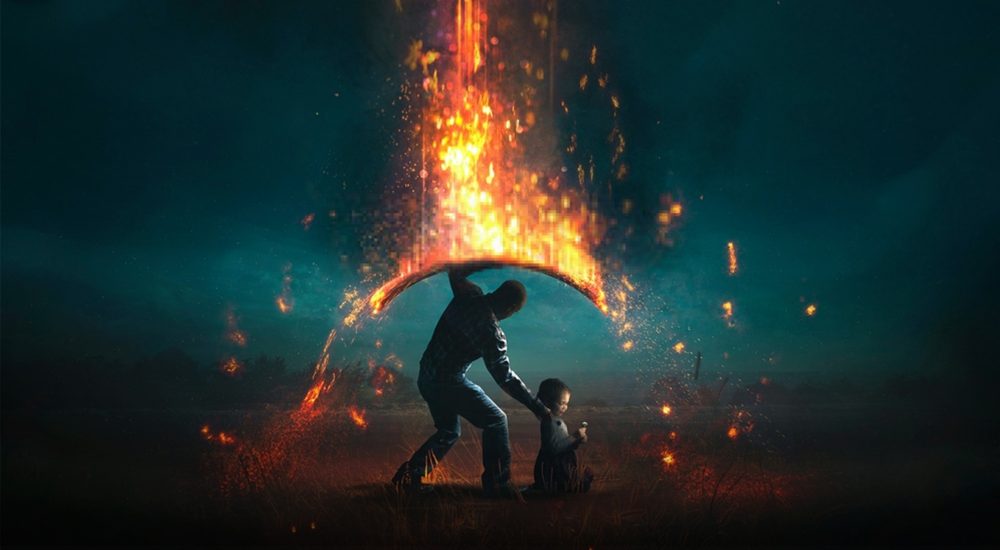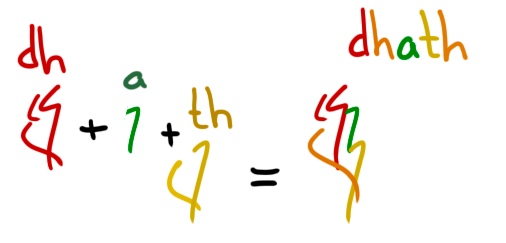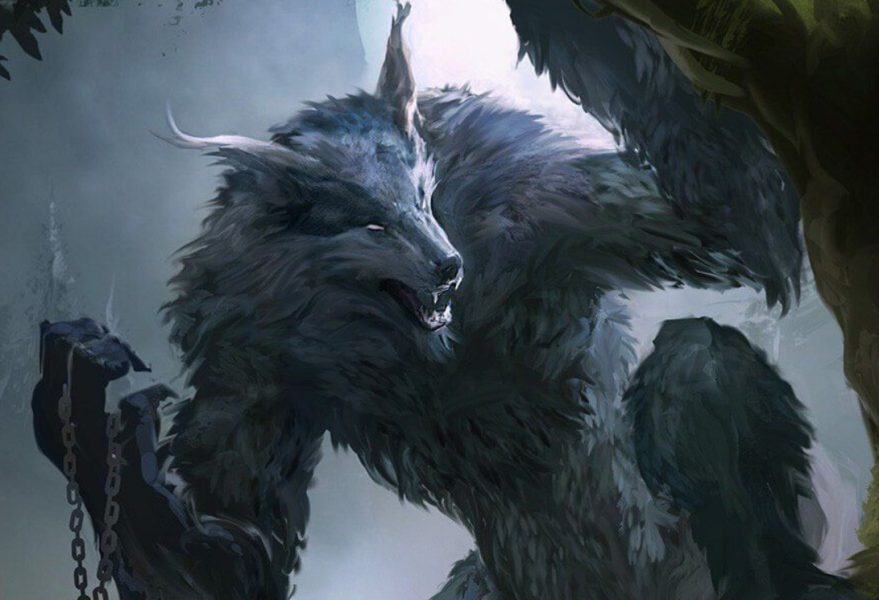The third part of Dragar spells! And, accordingly, their third degree.
It's been so long since the last post because we've been racking our brains trying to figure out how to describe the third degree without too much complexity. Spoiler: nothing came up, so get ready for philosophy. And in one post, we obviously can not manage; there will be only the most-most basic information to think about.
To begin with, imagine a huge semantic space where you can find any meanings you want. Each word corresponds to a certain area in it (I won’t call it a field, because I have to go into a hardcore linguach, but I don’t want that at all). And the dragars say that certain actions can be performed on these areas:
- rxucaf, narrowing: parent > mother, parent > father;
- vohef, extension: sword > weapon;
- zêşâf, transformation: anything that doesn't belong to the two above. For example, negation: good > bad; or a more complex example: fiery + water = “fiery water” (strong alcohol).
IN first degree we obviously use only narrowing: clarifying words, of course, can neither transform nor expand. In second same ... also only narrowing! Although it's not so obvious. It is not in vain that the emphasis is placed on the single-component sentence; what we do, in fact, is take the semantic area that is given by the verb (imagine, for example, how huge it is for the verb “to do”!) And gradually narrow it down, stuffing the subject, objects, circumstances into it ... A little rough, but I hope , It's clear.
The third degree allows maximum freedom of action. So many different new elements appear in it that we could describe them together with Zear until tomorrow morning. So for now, let's focus on the three most simple and characteristic.
1. Denial. The usual particle "not", which looks like dragars ir. Performs, obviously, a transformation operation and turns the area into everything outside it: jun "shield" > þun ir "not a shield." Similarly, you can put it after something larger: þun ğa ce ir "not a sand shield." It is important to understand that this is not a “(non-sand) shield”, but a “non-(sand) shield”, i.e. anything that is not a sand shield. "(non-sandy) shield" will be þun ir ğa ce ir: "not ((not shield) sandy)" = "(not not shield) (not sandy)" = "not sandy shield". Unnatural in terms of natural language, but what can you do.
2. Association. Corresponds to the Retsin union "and", which among the dragars looks like Oy. Yes, you can immediately remember the logical AND, which on sets corresponds rather to an intersection ... But we have here not logic, but magic! Therefore, excuse me. And so this union can be used in exactly the same way as the Retsin “and”; when connecting two sentences, they need to be slightly modified, but this is already in the next post. şul îy farð "wind and fire" and all that.
3. Intersection. Preposition used su, which roughly corresponds to the Retsin "s". If şul îy farð from the previous example is an area that unites everything that relates to fire and wind, then sul sü fari is an area that includes only what is related to fire and wind at the same time. For example, some hot desert winds, relatively speaking. It can also link two sentences, and also requires their modification.
The other two most popular things are the so-called. "spontaneous narrowing" and antonymization. The first one sounds really weird, and the second one looks kinda obvious at first... but that's just before you try to find an antonym for the word "arrow". The Dragar magical language knows how to get out of such situations, but before explaining them, we first need to talk a little about their philosophy. And this is a topic for a separate post. So - see you soon!
PS Such complexity of the linguistic complexes used in magic is due to the fact that the dragars never had a natural language. Due to their innate ability to telepathy, they never needed it; and both spoken and magical language were artificially created to better convey meanings, records, and some other things.

